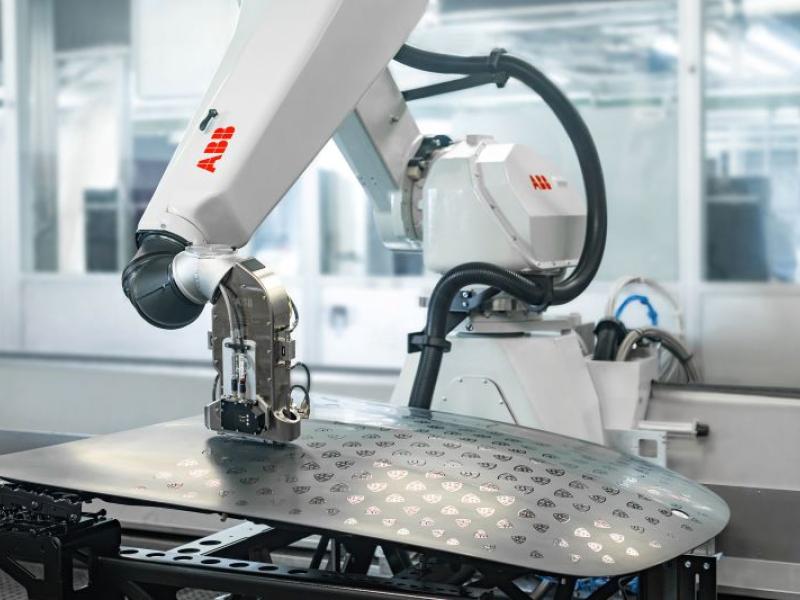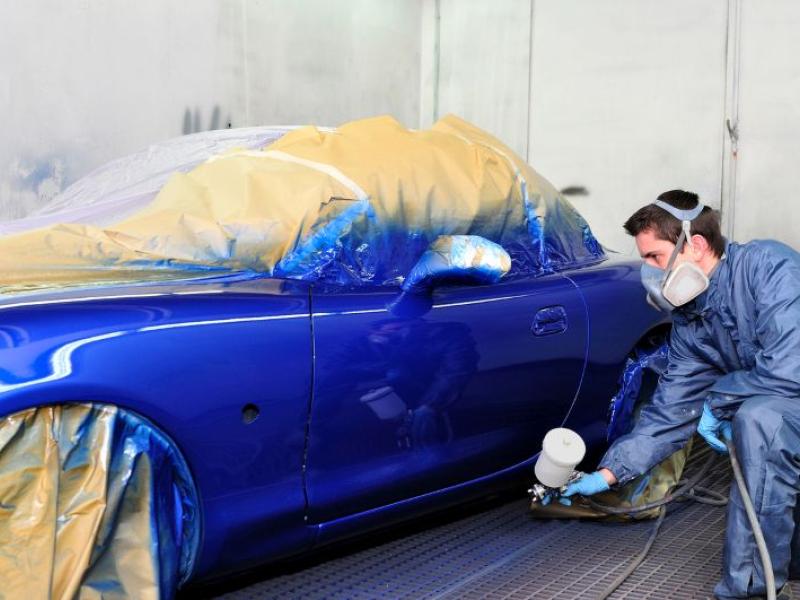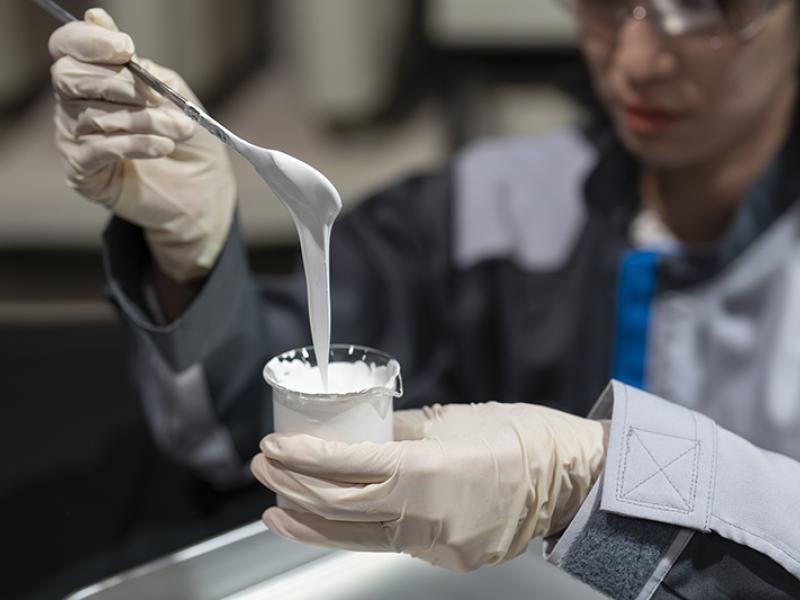New standards have been introduced by the country’s largest body of panelbeaters to cope with increasing numbers of EV’s, hybrids and vehicles equipped with advanced safety technology on NZ roads.
CRA spokesperson Neil Pritchard says the industry is moving to stay ahead of the rapid evolution in car manufacturing which is increasing the complexity of vehicle repairs.
He says the lack of regulation in the collision repair market in NZ can create quality control issues for consumers and this situation is getting worse with the introduction of more cars equipped with active safety systems and the increased use of exotic materials in the vehicle manufacturing process.
“With the increase of EVs,self-driving technology, and new types of construction materials, vehicle manufacturing has seen more advancement over the last decade than over the past century.
“While EVs are touted as having a reduced need for mechanical servicing, when it comes to collision repairs, there is a significant increase in the risk and repair complexity to get them back on the road,”
Pritchard says the pace of this change is continuing to accelerate and more of these vehicles are hitting NZ roads each day.
“There are more than 7,200 EVs and hybrids now registered in NZ – a 958 percent increase from 680 vehicles just three years ago.
Pritchard says EVs bring with them their own set of challenges when damaged in an accident.
“Like all alkali metals, lithium is highly reactive and flammable, and the risk associated with lithium-ion batteries found in EVs adds a high level of complexity to the repair process, including potential electrocution of the repairer.
Pritchard says the elevated risk of fire also prevents the vehicle from entering a spray booth, which means the panelbeater must introduce processes specific to that type of vehicle to complete the repair.
“At the same time, many new models entering the market have advancements in safety technology which allow the vehicle to proactively mitigate or avoid collisions.
“To accommodate this change, we are bringing in new international, service quality standards to the industry which will see repairers commit to ongoing training, equipment upgrades, annual inspections and audit processes before they can become a Licensed Collision Repairer in this market,”
“The new standards will give consumers a more informed choice about their vehicle repairer,” he says.
Pritchard says modern vehicles are now made from high strength steel, aluminium and other exotic materials which require special training and equipment for the repairer to replicate the factory join when replacing structural parts of the vehicle.
“The introduction of new internationally recognised I-CAR standards will mean the public can be reassured that their panelbeater has undergone a training and audit process to keep them up to date with the latest technology,” he says.
Pritchard says there is anecdotal evidence that the demand for front end replacement parts for new cars has dropped away as the vehicle is able to automatically prevent this type of crash.
“Feedback from our membership base suggested the nature and scope of vehicle crashes is beginning to change and will continue to do so as more advanced vehicles hit the NZ market over the coming years.
“Not only do new vehicles with collision mitigation technology get into less front end crashes, but when they do have accidents, the damage often tends to be more cosmetic than structural.
“Despite this, these vehicles are becoming increasing more complex to repair as the cars are now equipped with sensors, cameras and radar systems - so what appears to be a minor accident from the exterior may have damaged the network of onboard technology.
“Further evidence of how the industry is evolving is the increase in the number of smaller collision repair shops opening up that specialise in repairs for more minor dents.
“These shops concentrate on some of the more simpler repairs rather than carrying the high cost of training and equipment required to managed the more advanced work,” he says.
Pritchard says approved Collision Repair Association members will carry display ‘Licensed Collision Repairer’ on their signage.






